The Journal
Switching from Liraglutide to Semaglutide Safely & Effectively: Step-by-Step 2026 Guide
Thinking about switching from liraglutide to semaglutide? Learn how to transition safely, adjust dosage, and understand the benefits in our 2026 guide.
Explore by category
The
latest
Switching from Liraglutide to Semaglutide Safely & Effectively: Step-by-Step 2026 Guide
Thinking about switching from liraglutide to semaglutide? Learn how to transition safely, adjust dosage, and understand the benefits in our 2026 guide.
Does Medicaid Cover Ozempic & Other GLP-1’s? (2026 Guide)
Find out when Medicaid will cover Ozempic: for type 2 diabetes, cardiovascular risk, or off-label weight loss, and what to check in your state.
GLP-1 Microdosing Schedule: Complete Guide to Dosages (2026)
Your 2026 GLP-1 microdosing schedule overview, including dosage concepts, safety considerations, and guidance to support informed medical discussions.
13 Benefits of Microdosing GLP-1 (Is it Really Better?)
Curious about microdosing GLP-1? Learn what it is, potential benefits, how it works, and if smaller, personalized doses can improve results and reduce side effects.
Strive Pharmacy Semaglutide: User Reviews, Cost, & Legitimacy Guide
See Strive Pharmacy Semaglutide’s real costs, side effects, and whether real customers are satisfied…
Top 6 Alternatives to Ozempic with Pricing & Savings Tips
Skip the confusion-see the best Ozempic alternatives, how much they cost, and smart ways to save while staying on track with your goals.
Does Sermorelin Work? Benefits, Results, & What to Expect
Is sermorelin right for you? Learn about its benefits, expected results, and how IVY RX can help with personalized treatments.
Semaglutide vs. Metformin: Which Is Better for Weight Loss in 2025?
Compare Semaglutide and Metformin for weight loss. Learn their differences, effectiveness, side effects, and which is right for your health goals.
Semaglutide Compounding Pharmacy Cost: 2025 Price Guide
Wondering about compounded semaglutide costs? Get exact pricing, insurance coverage details, and money-saving tips in our complete guide.

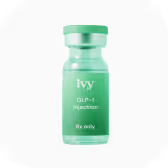





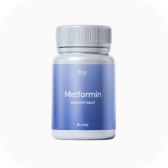

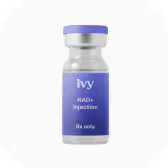



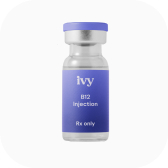
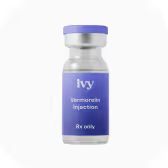

.png)

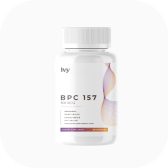






.avif)







